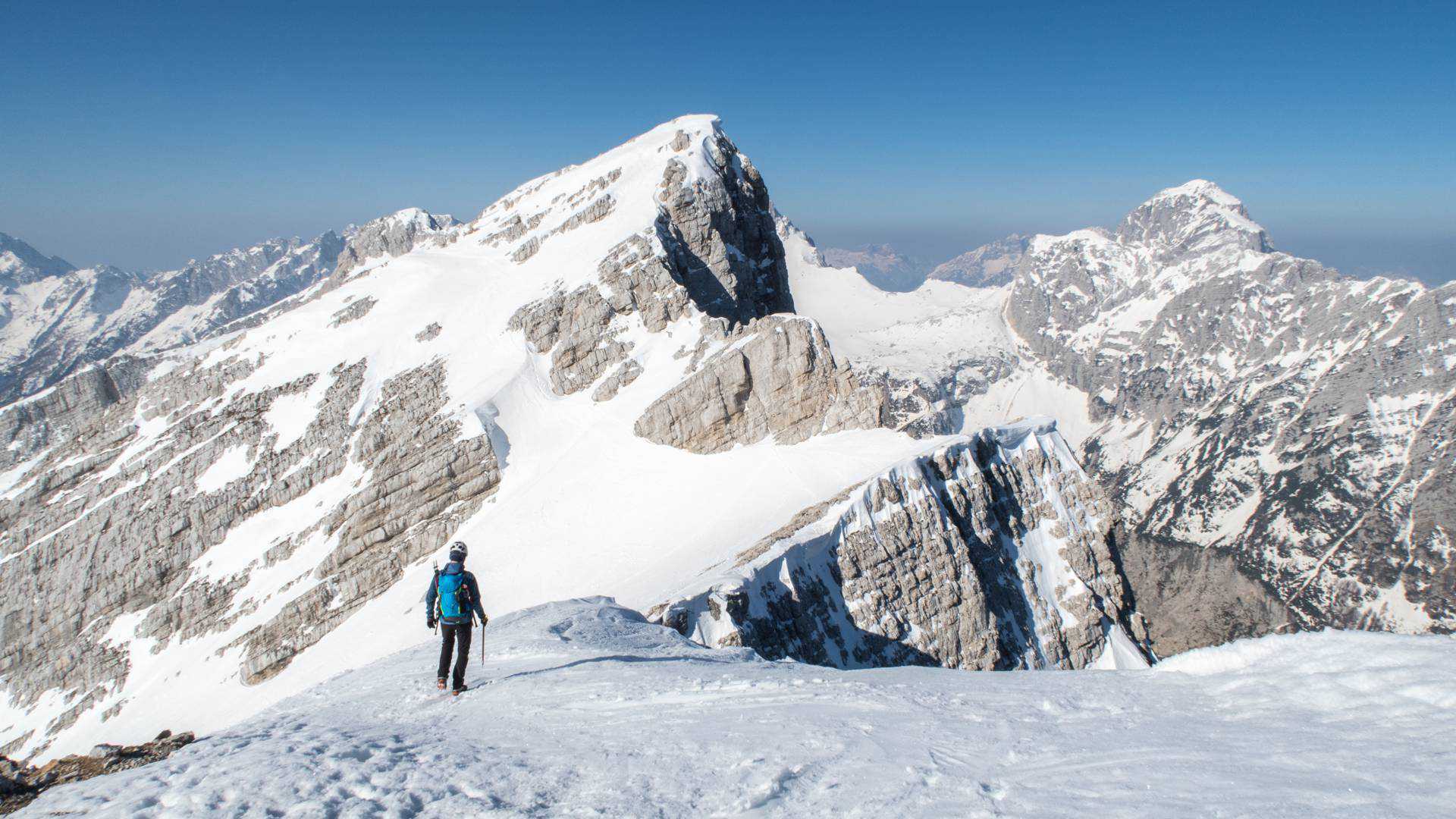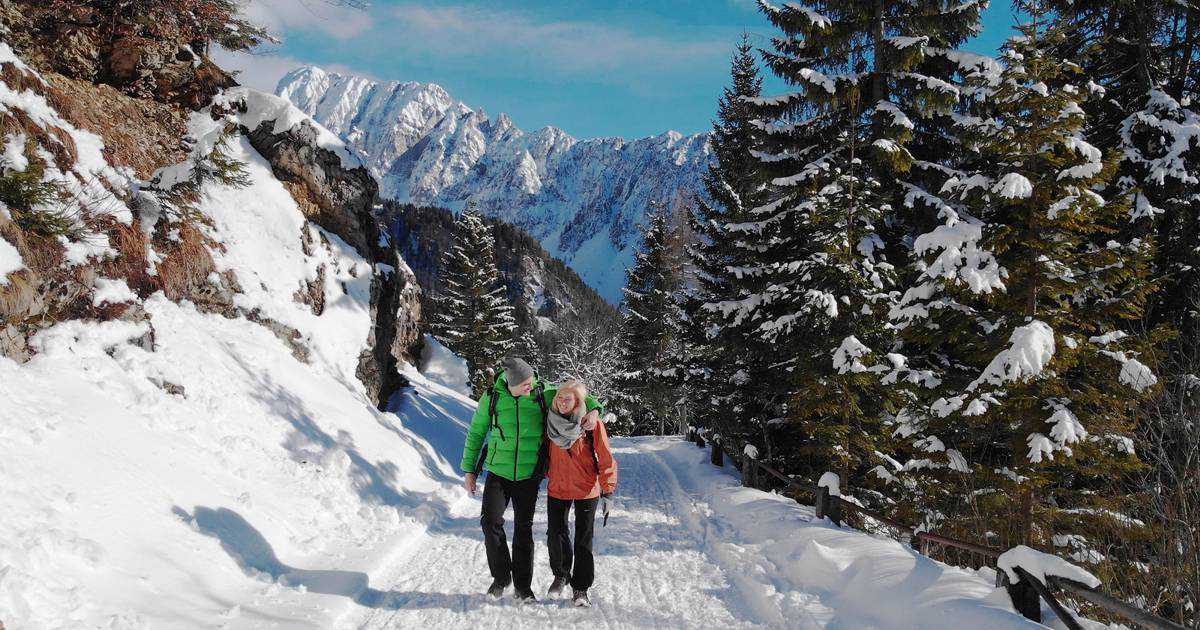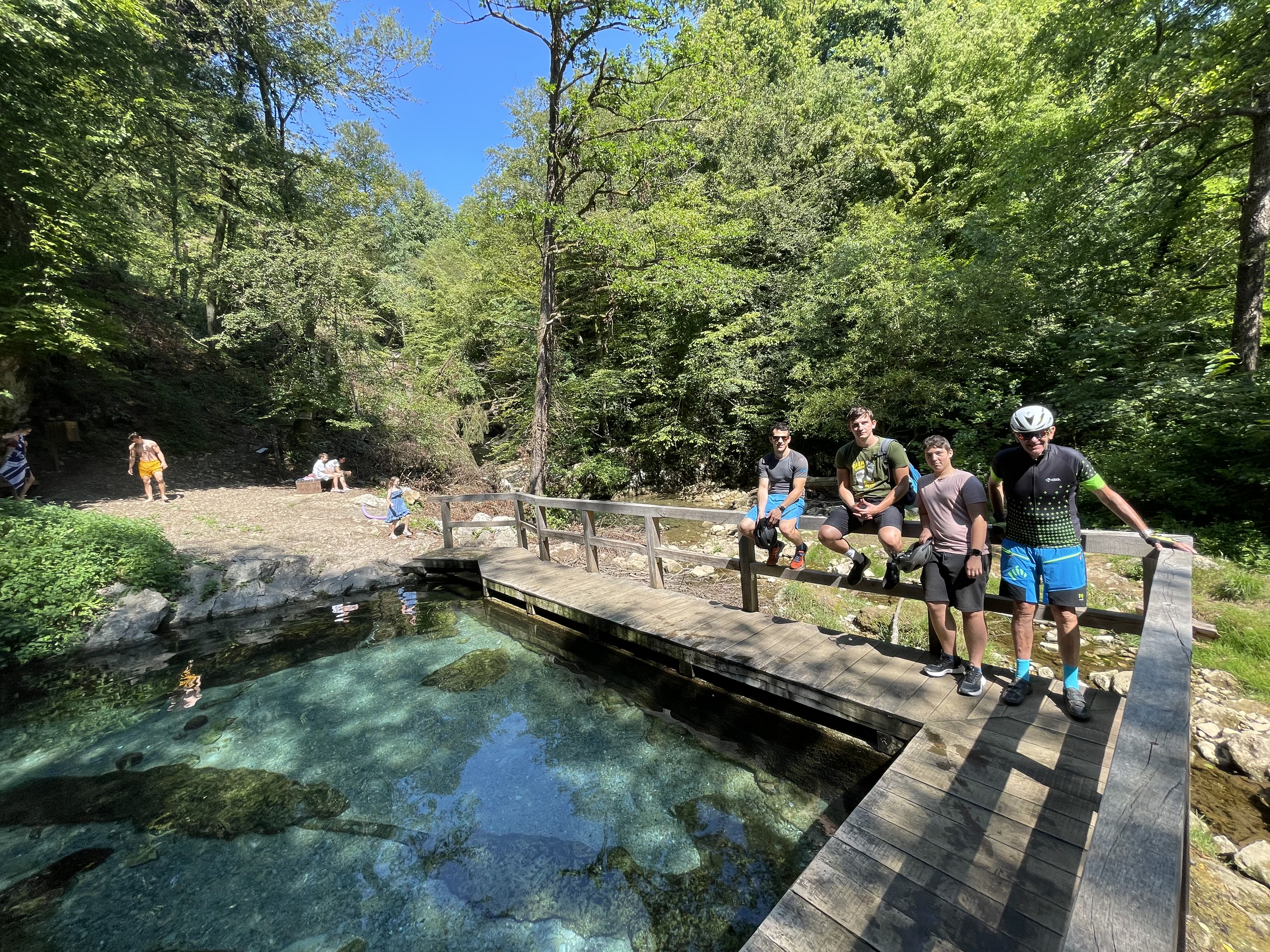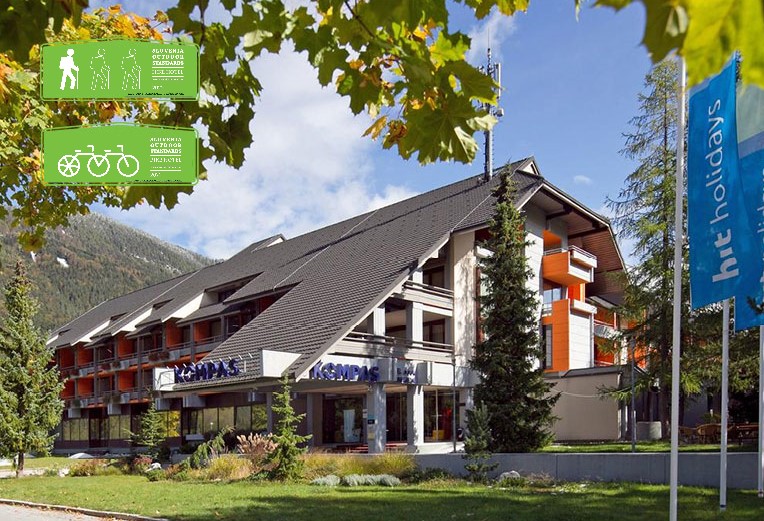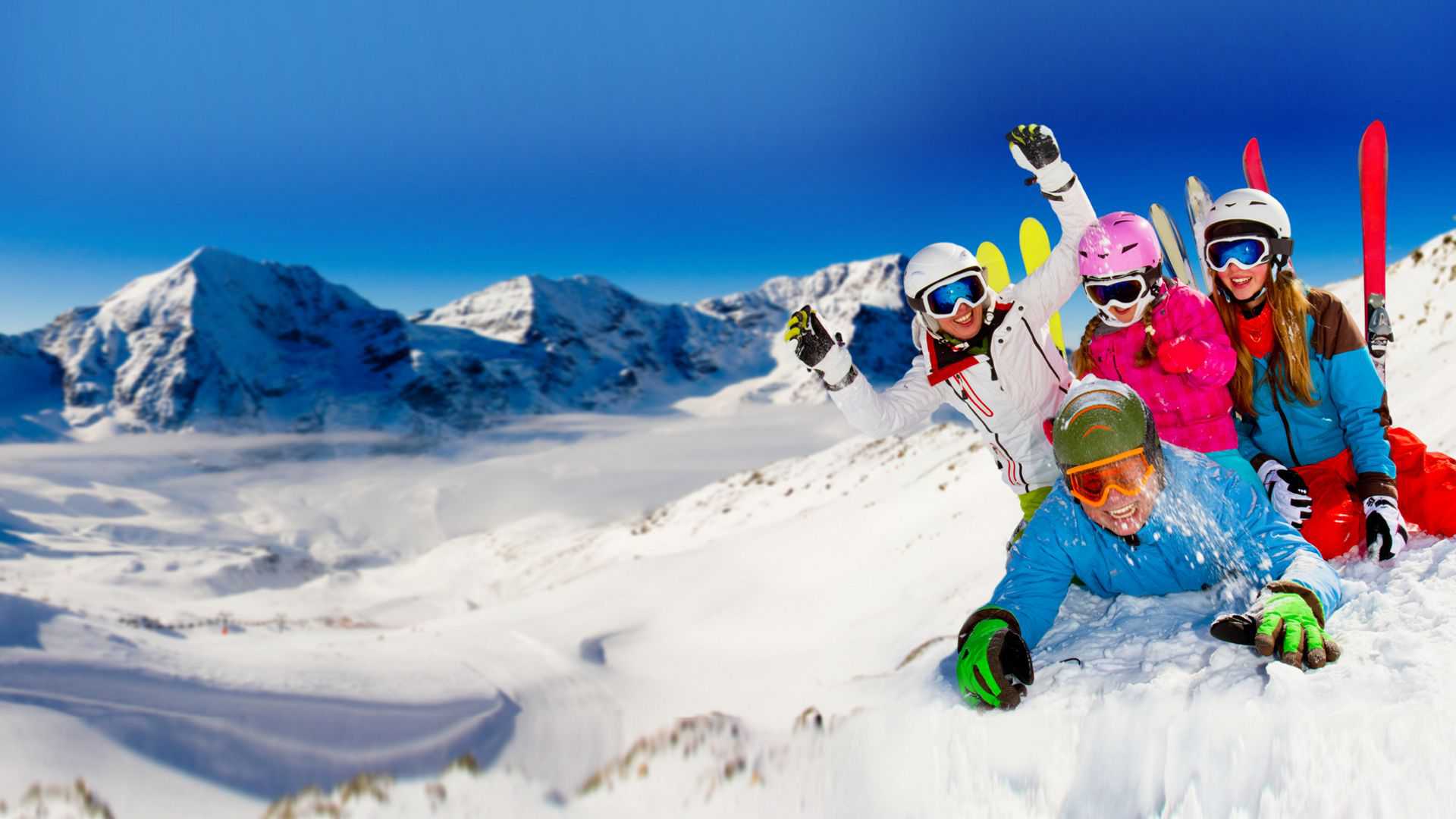Are you tempted to head out into the white embrace of winter? Why not? There are no obstacles in lower-lying areas to going on a hike in any season of the year.
However, in the mountains or higher-lying areas in hills, winters are long, cold, and usually have a lot of snow. The snow often falls as early as October and persists until late spring or early summer. Choose a destination that you are familiar with because you visited it in summer, because the snow cover changes the landscape significantly.
